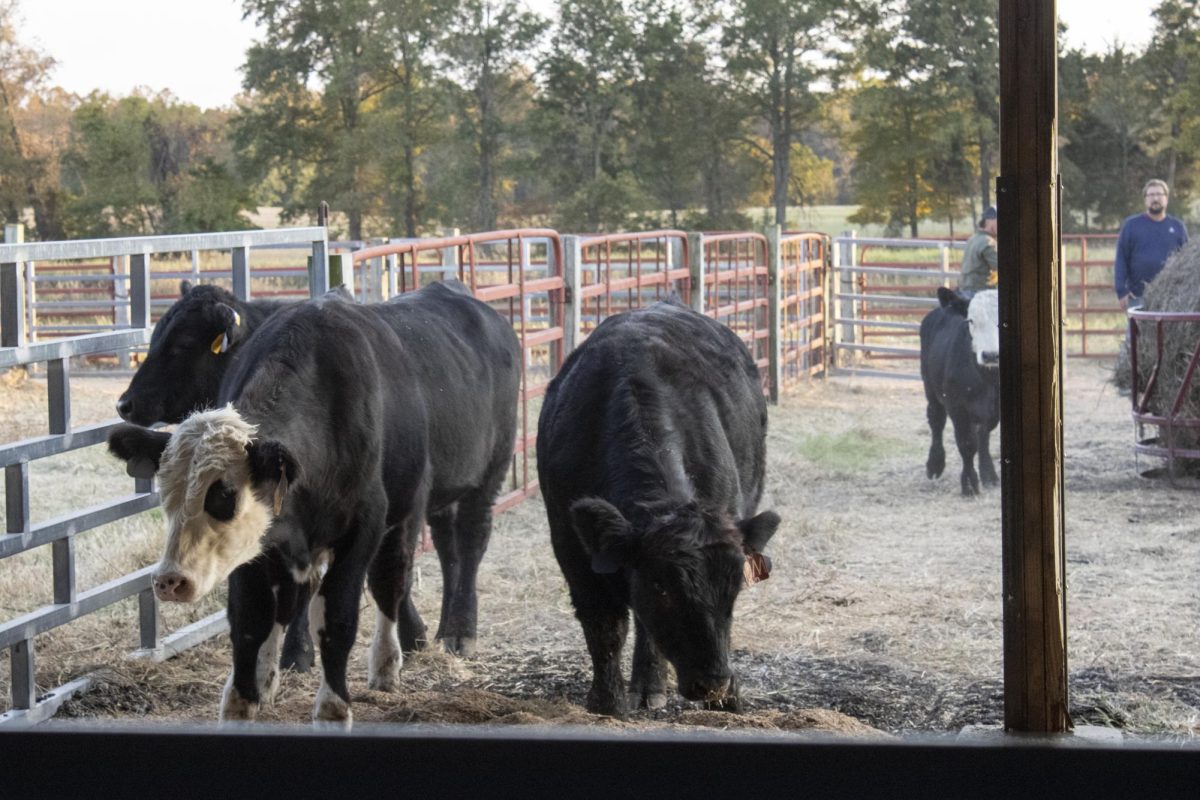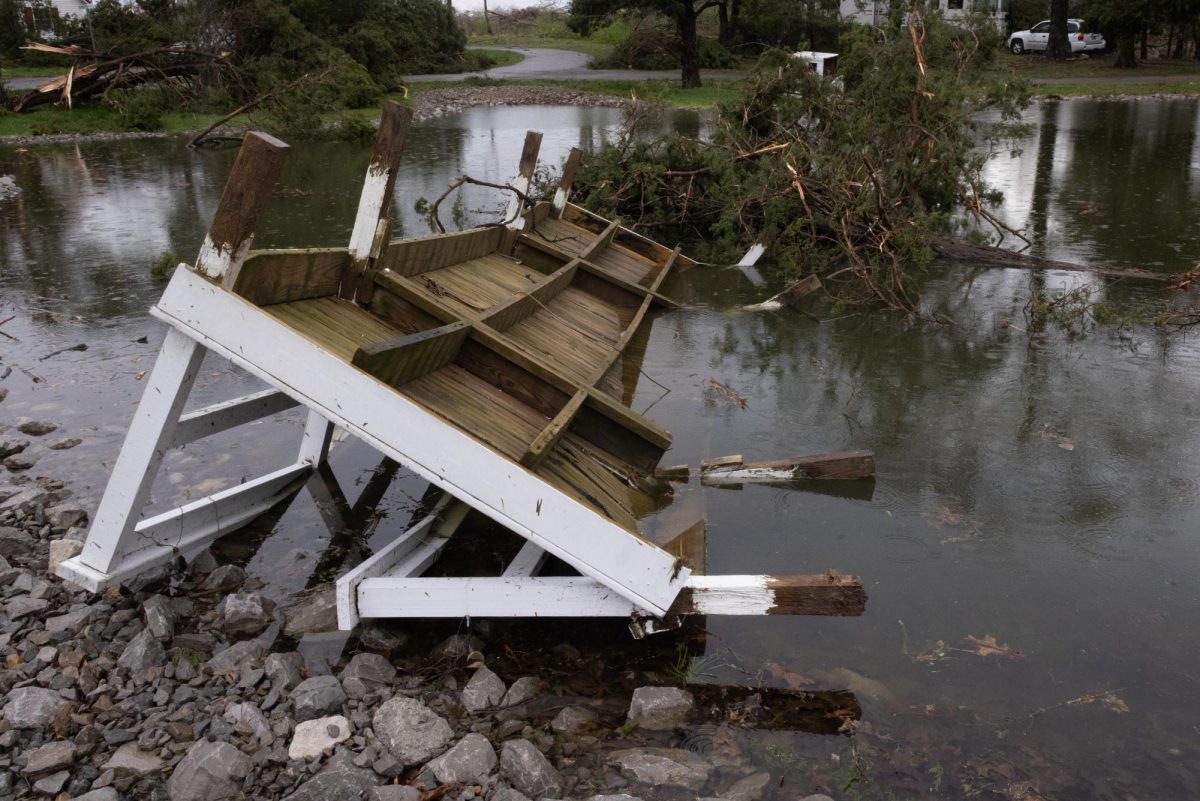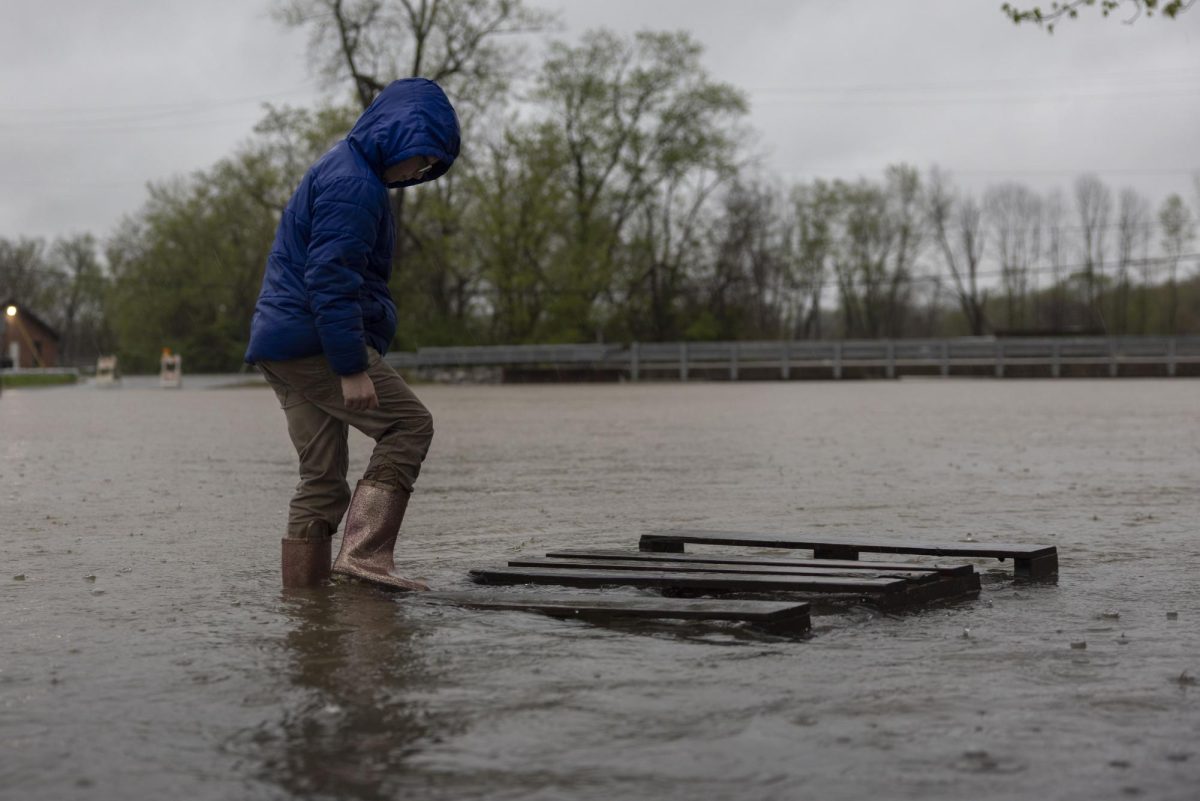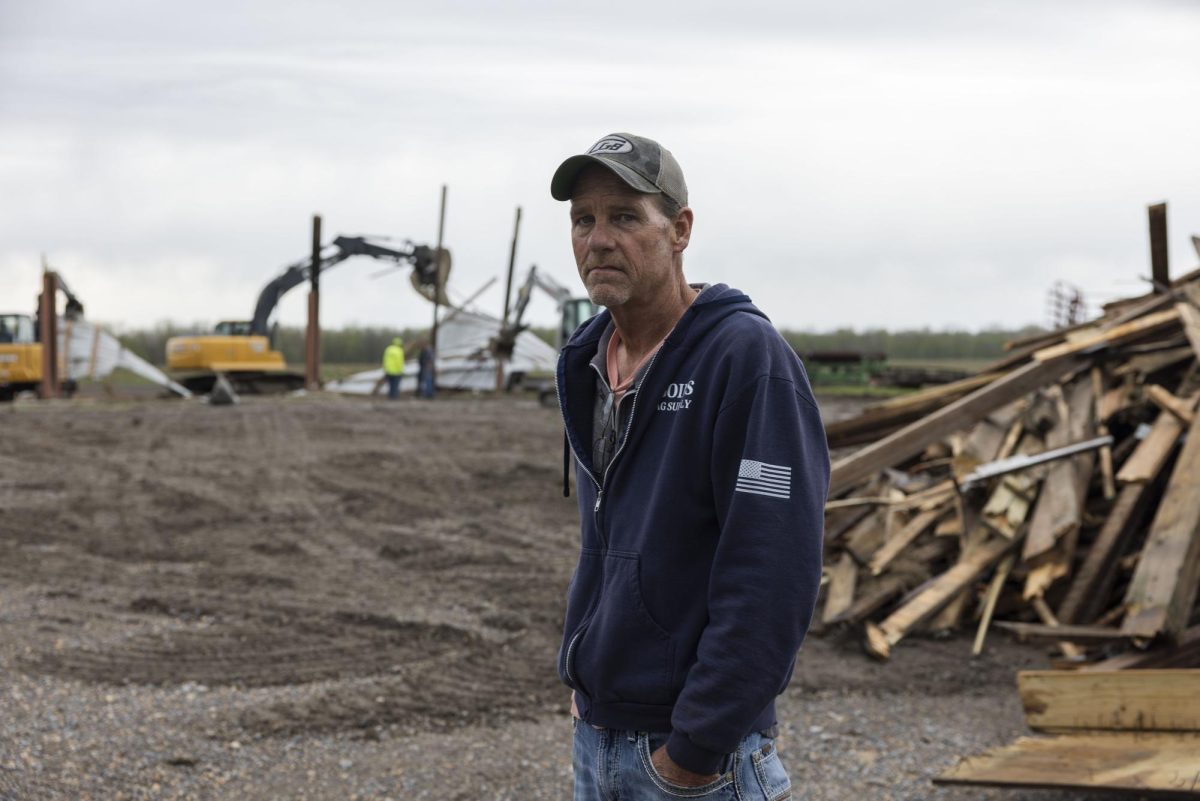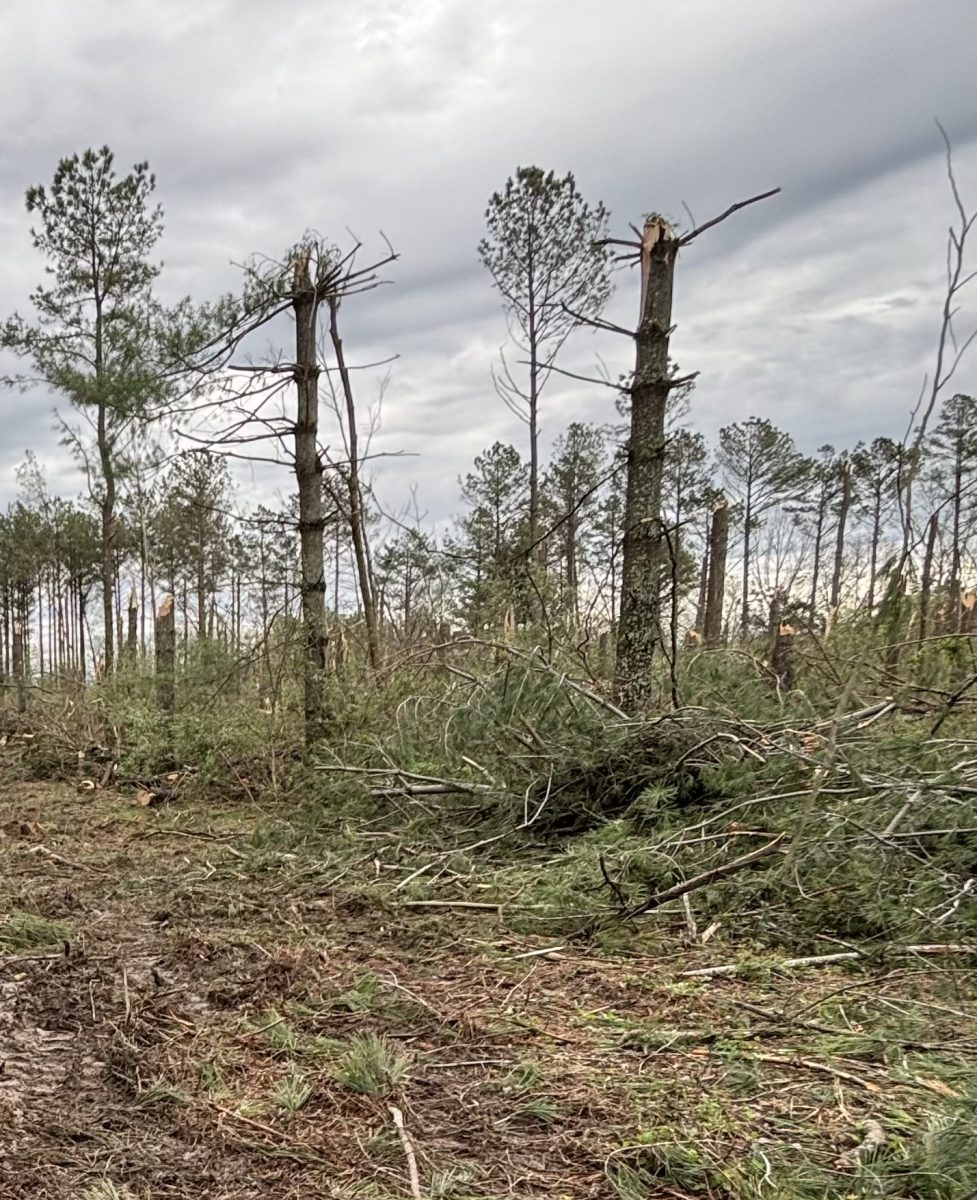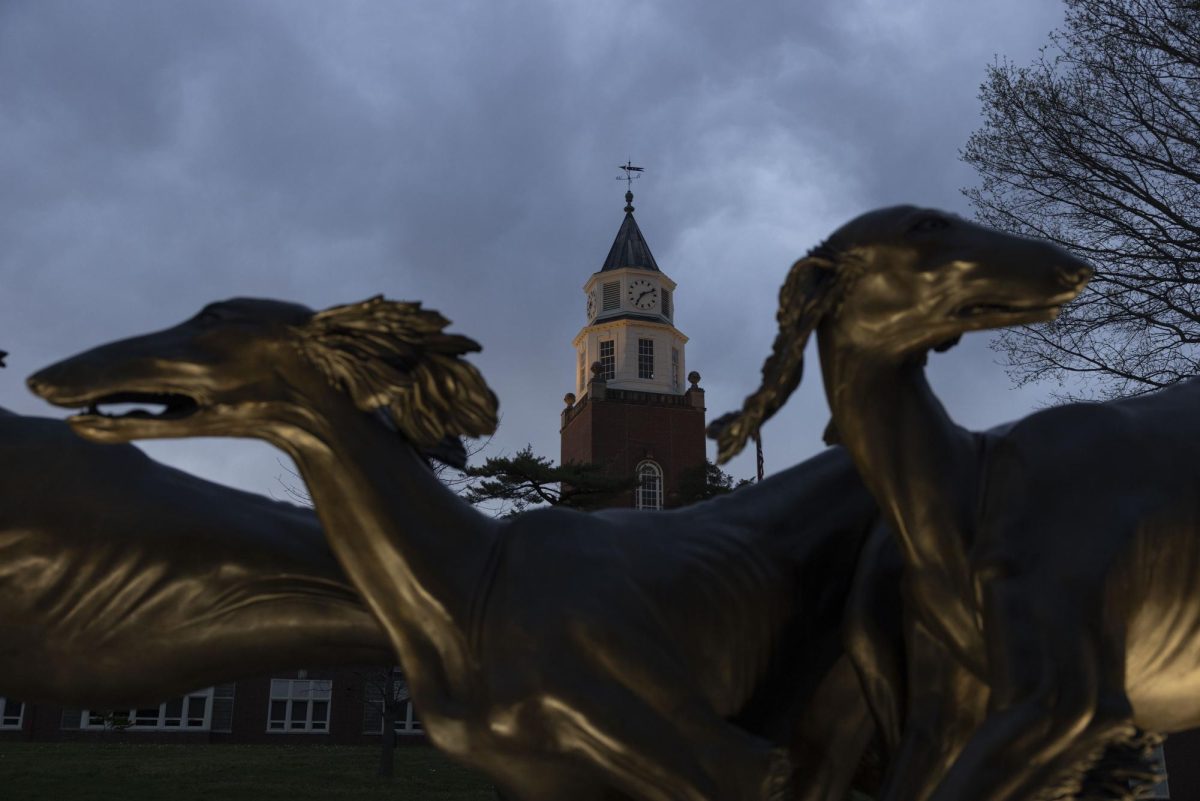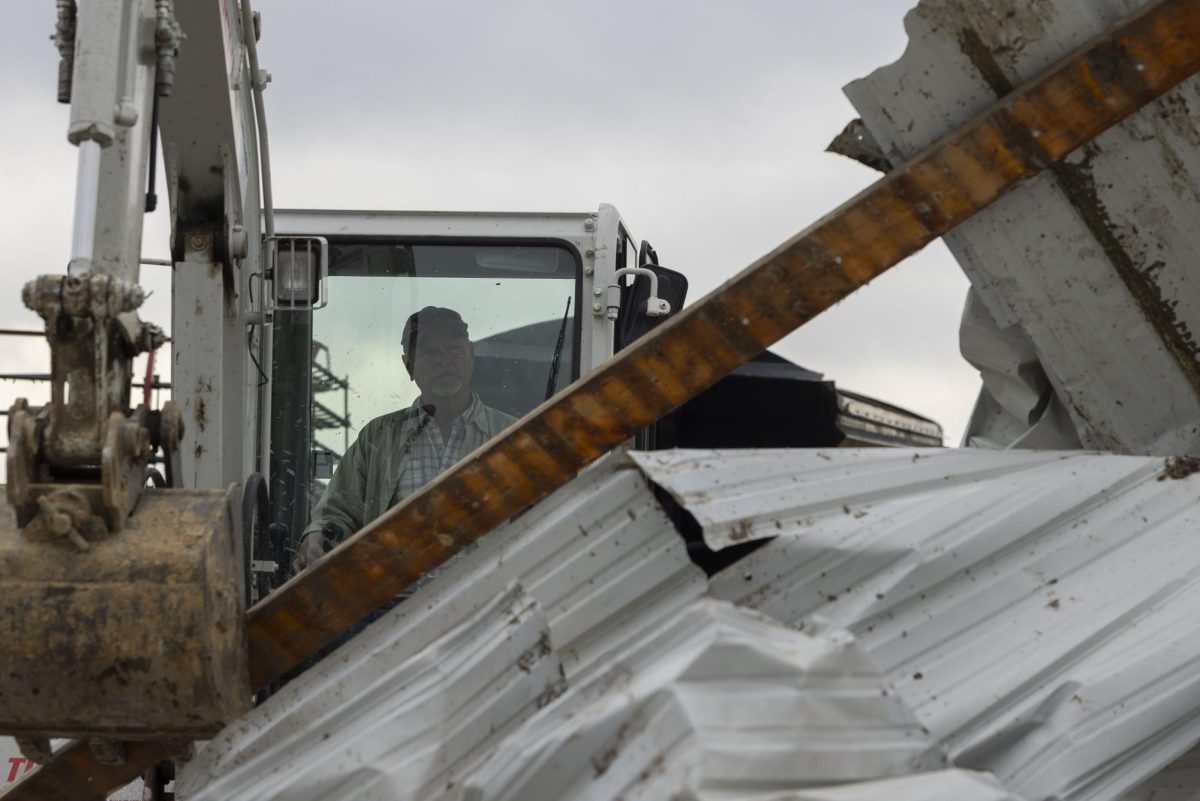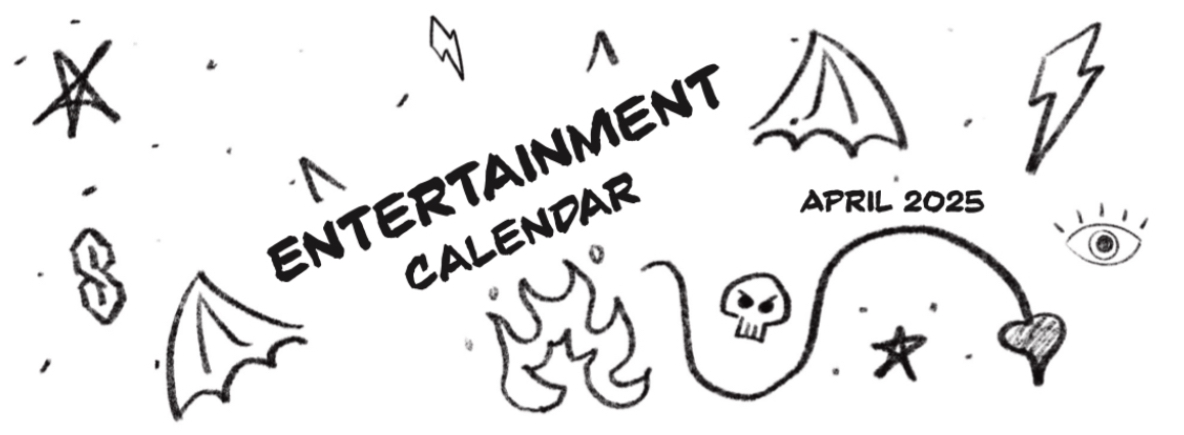The bull test was restarted in the Agricultural Department at SIU after a five year hiatus on Oct. 24, 2024 in Carbondale, Illinois. Jay Nair, a ruminant production and animal sciences faculty member, said that the department had issues continuing with the bull test after COVID.
“From 2019, we were unable to continue the bull test,” Nair said. “This is the year that we are actually restarting it after a gap of five years.”
Advertisement
The bull test is almost a 50-year tradition at SIU, making this SIU’s the 43rd bull test. This is an opportunity for cattle farmers in the Southern Illinois region to purchase bulls that best match their particular needs based on genetic factors, according to Nair.
This year, Nair says that they anticipate 22 bulls, six of which arrived on Oct. 24, 2024. “They bring their bulls in here. We house these bulls and we feed them,” Nair said.
During this period, Nair said that SIU will monitor their performance through factors such as their weight gain. “All this data will be put together to come up with an index for each bull that will go into the catalog before the final sale that will happen in March of 2025.”
Advertisement*
These indices serve as a resource for beef farmers in Southern Illinois to improve the efficiency of their own production while reducing the number of cattle they own. “If I have some cattle and I’m looking for a bull, I can actually have a look at these indices and pick the bull that best fits the cows that I have to have the best blends of these bulls and the cows that I have.”
Illinois has a large number of cattle according to Nair. “We have about 331,000 beef cattle in Illinois, about 14,000 beef farmers and ranchers here.” But according to Nair, there is still a tremendous opportunity to increase cattle production by increasing the efficiency.
“If you check the number of beef cattle in the United States, the number is actually going down,” Nair said. But projects like the bull test work to combat issues like this.
According to Nair, the department is increasing the efficiency of production with less cattle by improving areas like genetics, nutrition, management, healthcare and immunization. “We are trying our best to improve production efficiency.”
But the project did not come without its challenges. “Getting bulls consigned for this bull test was challenging,” Nair said. Also, after five years of disuse, Nair said that the facilities had to be upgraded, including renovating the gates, which required funding and caused delays.
Also, SIU was not the only place where beef production was affected because of COVID. According to Nair, there were disruptions in the supply chain which caused some meat processing plants to either shut down or reduce the number of employees. “That, in turn, can impact other beef producers because everything is connected,” Nair said.
The effects that could be observed by many consumers would have been higher beef prices. “Because of the disruption to the supply chain, there was not enough meat in the market, and the supply and demand rule applies there. So, when there is less meat, the price is going to be higher.”
However, higher beef prices doesn’t necessarily mean more money in the pockets of local beef farmers in Southern Illinois. “The processing plants couldn’t take any more of the cattle during that COVID time,” Nair said. “So the beef cattle producers didn’t get any fair share of that share of the higher beef price.”
Although the long term effects of COVID may still be visible in SIU, Nair’s work with the bull test is an example of restoration and rebuilding. “This is how we say we care about the beef producers here,” Nair said.
Advertisement



